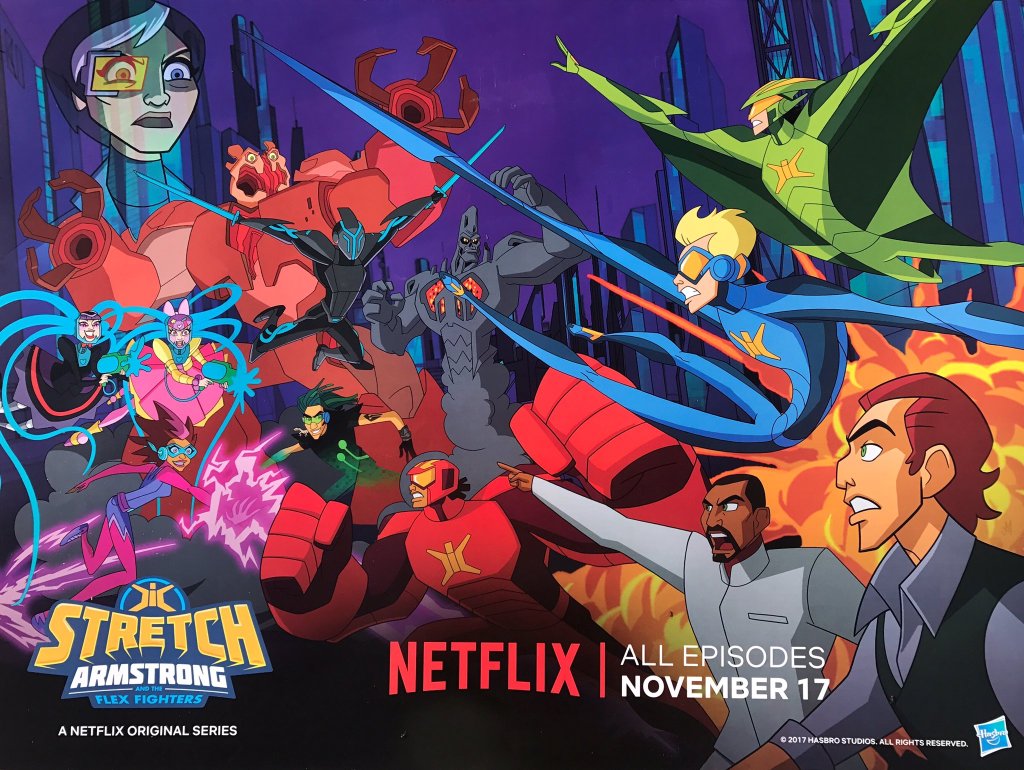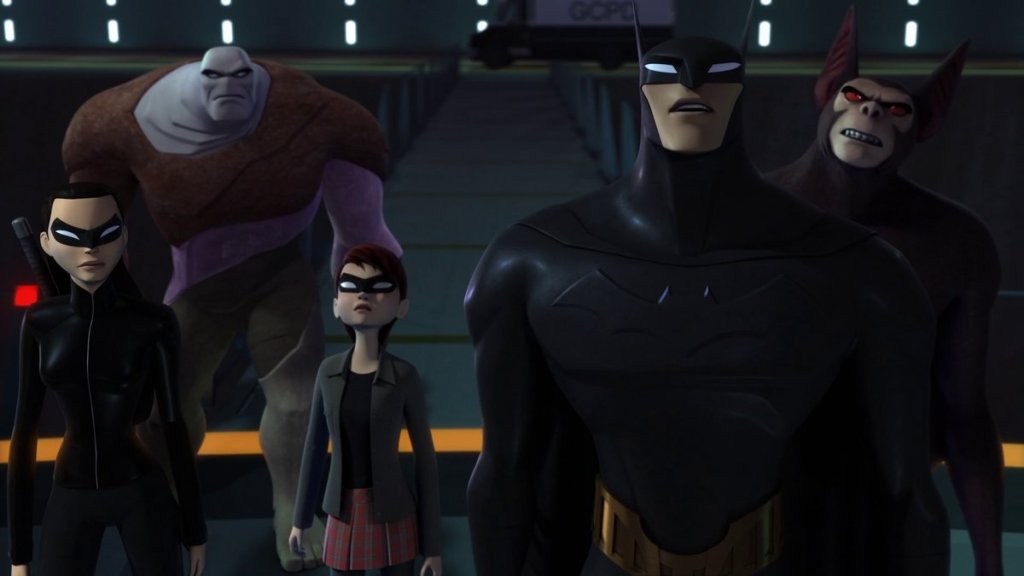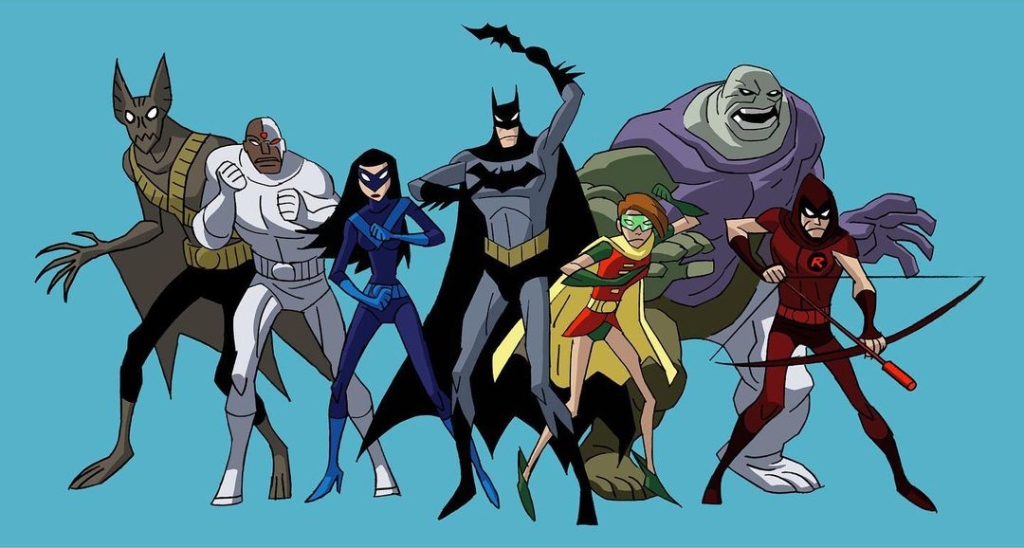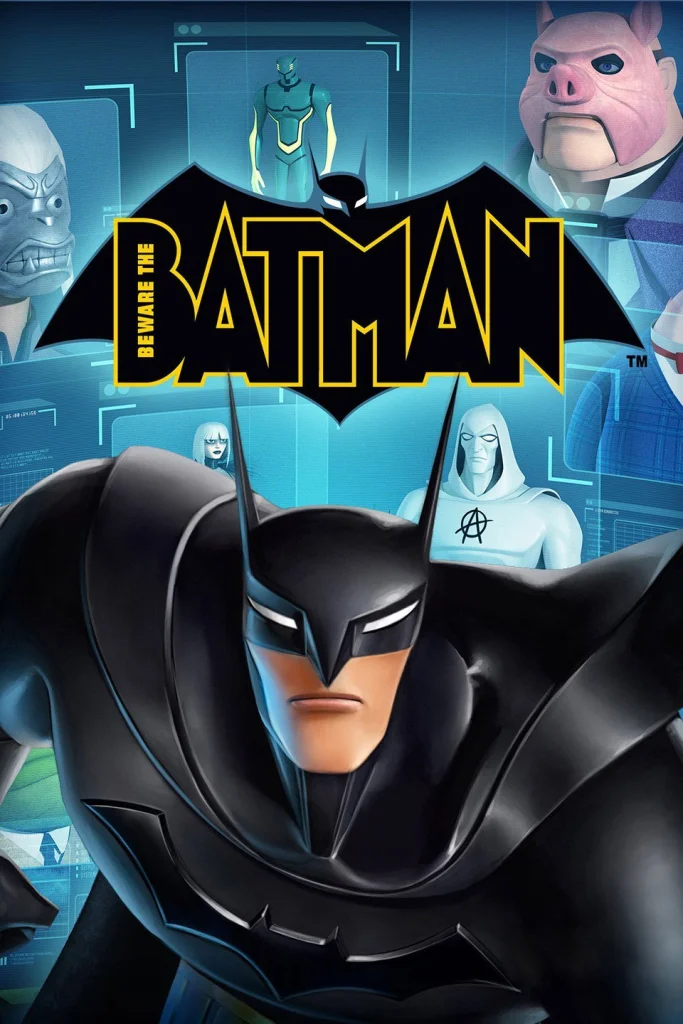
As a longtime fan of DC Animation, I am used to the mistreatment of multiple DC animated shows, especially when they premiere on Cartoon Network. This was a frequent problem during the 2010s, where a large number of shows received erratic schedules and cancellations after one or two seasons. While the fates of Green Lantern: The Animated Series and Young Justice have been widely explored, there is less discussion around Beware the Batman.
Unlike the former two, the reasons for Beware‘s cancellation and removal were less clear at the time. Since then, information has come to light regarding the multiple factors that resulted in the untimely end, as well as misinformation and assumptions that are unfortunately more prevalent. I have compiled all this information to highlight the truth, debunk rumors, and hopefully shift the conversation a bit.
A Brief History
Beware the Batman was first revealed at the MIP Junior Conference in October 4, 2011 by Sam Register, but it wasn’t officially announced until March 28, 2012. The news surrounding the show were limited beyond some voice cast updates, a San Diego Comic Con panel that unveiled some designs and details, and the news about the gun censorship. The first trailers and screenshots, along with the premiere date of July 13, 2013, were not revealed until two weeks before the date, and the advertisement consisted of a single commercial.
Although the episode “Attraction” was initially scheduled to air on October 12, it was pulled a day before and the show went on an “indefinite hiatus” with no plan to return. The first half of the series was released on DVD and Blu-Ray on February 18, 2014, which included the unaired episodes “Attraction” and “Fall”. A few episodes came out early in New Zealand and the rest of the season on Amazon UK via an exclusive deal before the show’s return to US airwaves was handled by Toonami. They aired the series from the beginning and started airing “new” episodes starting on July 27.
This run would be truncated in September 22 when the heads of Toonami were informed in a late fashion that the show would be written off by Cartoon Network as a financial loss to receive tax breaks, which means they legally cannot air the series afterwards. Toonami premiered the rest of the show in a last-minute marathon on September 28. The second half of the series was released on DVD and Blu-Ray two days later.
Identifying Misinformation
Now, there are a few erroneous, but popular, narratives regarding the show’s mistreatment. First, that it was a “financial failure”. Despite this wording showing up on a few articles and even the Wikipedia page, it does not have an actual concrete source. The only source available is the Toonami announcement linked above, which ONLY confirms the sudden write-off. Tax write-offs are a common practice for corporations wanting to save as much money as possible. Beware was not the only cartoon to be written off at the time, and as seen with the recent premature demise of Batgirl and Scoob: Holiday Haunt, projects don’t even have to “fail” to be written off anyway.
Next, the negative reception. The show already had plenty of factors against it, from the unconventional premise to the use of CGI animation and the art style. Other reasons include the oversaturation of Batman media (understandable) and it “replacing” Young Justice and Green Lantern (nope). Some fans would like to believe that their reactions alone can affect a show’s fate. However, fan reaction to cartoons is rarely as important because most of them are funded via toy and merchandise sales or because the ratings that executives seek usually come from younger demographics. If the fans’ will always mattered, numerous beloved series would have lasted longer and Teen Titans Go! wouldn’t have a decade-long run.
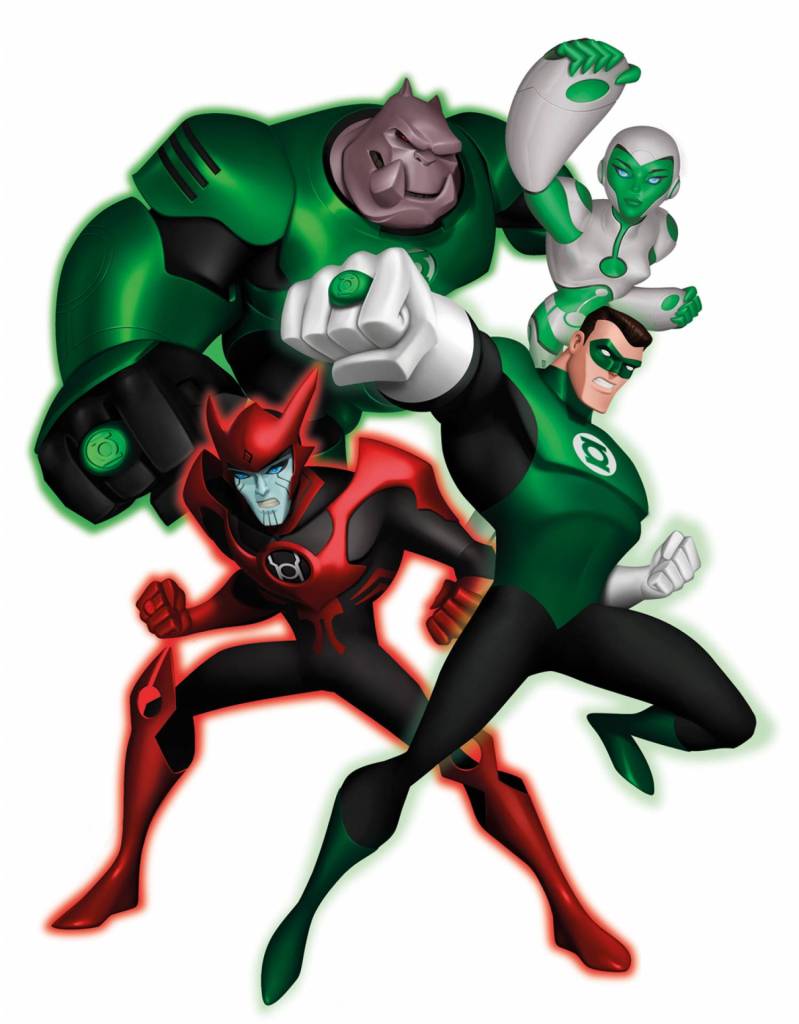
Finally, the most attributed reason behind the show’s downfall is “low ratings”. Now, this theory does have some grain of truth to it. Since this show was “replacing” the timeslot that Green Lantern had, it was fair to compare the ratings performance for each show’s premiere. “Beware My Power” managed to score around 1.9 million, and while there is not much ratings information for most of the series until “The New Guy”, the lowest ratings appear to be 1.0 million, just before the online campaigns to save it and Young Justice boosted the numbers to between 1.7 to 1.8 per episode. Beware‘s information is more publicly known. “Hunted” scored 1.3 million and the show remained between 1.0 and 1.52 until the sudden move significantly affected viewership.
While the premiere numbers do seem unimpressive at first glance, there is the context that Green Lantern had a primetime premiere, which means a higher overall viewership, while Beware was stuck to a Saturday Morning timeslot. Suddenly not so bad, huh? Comparing the earlier Beware episodes and the late Green Lantern ones, there is a drop, but not a significant one. If the online campaign boost is taken into consideration, the two episodes unaffected by it had very similar ratings to Beware. The official announcement by Cartoon Network never mentioned ratings, but it was speculated by IGN’s claims the show was not as successful as Teen Titans Go! and Batman: The Brave and the Bold. However, both shows also enjoyed consistent weekday primetime premieres, which always guarantee higher viewership than Saturday mornings. Again, context is important.
Since that’s out of the way, I can move on to the most likely culprits.
Culprit #1: Corporate Politics
The alleged company in-fighting between various Warner Bros. divisions has been a subject of much speculation amongst television fans. It has been used as explanation as to why the majority of the shows produced by Warner Bros. Animation have been mistreated by Cartoon Network, usually by moving around their airtimes or doing little promotion until it becomes difficult for viewers to follow the show. Then, the low ratings are used to justify a cancellation.
It is rare to hear about this theory from more official sources, but co-showrunner Mitch Watson discusses it in this interview of Unmasked History of Scooby Doo (21:18) when discussing his time while working on Scooby Doo: Mystery Incorporated. He mentions that since both companies have separate animation studios, there is rivalry despite being part of the same organization. However, most WBA content airs on CN, creating an imbalance of power where CN can potentially sabotage any WBA show it wants to. While there are occasional exceptions (Teen Titans Go!), most modern WBA series do not last long and Beware‘s troubled airing history is proof of that. NOTE: This was written before a recent development that could potentially change the CN/WBA dynamic.
Culprit #2: “Wrong” Genre
The early to mid-2010s were critical to Cartoon Network as shows such as Adventure Time and Regular Show helped define its direction for the remainder of the decade. However, this turn would end up intensifying CN’s growing distaste for action cartoons. Besides Beware, Young Justice, Green Lantern, Sym-Bionic Titan, and the 2011 Thundercats had had troubled schedules and fast cancellations. They would also be joined by other action cartoons from other networks such as Tron Legacy and Motorcity.
While these shows all ended due to various circumstances, it is also obvious that the action-driven shows did not fit the network’s focus on “boy-oriented” comedies, inspired partly by the success of shows such as Adventure Time, Regular Show, and The Amazing World of Gumball. Paul Dini has brought up this trend before in his famous Fatman on Batman interview where he discusses the reasons his own show Tower Prep was cancelled. Mitch Watson also brought up the poor state of action cartoons before.
Of course, this is most evident when comparing the fates of both this show and Teen Titans Go! The former was barely advertised, barely aired, and dumped as soon as possible. The latter is eight seasons strong as of this writing, along with a theatrical movie, a couple of direct-to-video features and a spin-off series currently in production.

Culprit #3: No Toy Company Support
Perhaps the biggest culprit behind the show’s cancellation is also the one behind the cancellation of countless other action cartoons such as Young Justice, Green Lantern: The Animated Series, Sym-Bionic Titan and more: dependency on toy sales. These shows have expensive productions, so they need more financial support beyond the usual provided by commercial ads. They usually need a company to create and release a toy line so the parties involved can share the profit. Sometimes, the show themselves even serve as advertisements for the toys. Without a toy line secured, especially one aimed at children, these projects lose any usefulness to other parties involved.
According to Watson in the Unmasked interview (1:26:00), the show’s second season would have been basically guaranteed if the show had a stable toy line. The show’s crew approached Mattel and representatives asked them to design vehicles such as a motorcycle and a boat. However, the company allegedly abandoned any plans for a toy line and prioritized its own Batman line instead. Although there are some Beware toys (the collector’s figure pictured above, some Happy Meal toys, a single Lego figure and Batmobile, a single figure in a different kids’ toy line), there was no dedicated line aimed at children.
This is my own speculation as well, but I also think the previous experiences with other DC cartoons may have given Mattel cold feet. Young Justice did have its toy line, but it underperformed in sales which cost the show a third season under Cartoon Network. The failure of the 2011 Green Lantern movie also resulted in poor movie merchandise sales. Since retailers still had too much unsold Green Lantern merchandise, they rejected products based on the series, so there was no funding for season two. I could see Mattel being reluctant to tie itself to another DC cartoon and just focus on their own Batman line, since they’d have more control and less risk.
Although it can be tempting to write off Beware the Batman‘s lack of success on “obvious” factors such as its unpopular villain roster, use of CGI animation, and changes to the long-standing mythos, the truth is more complicated than that. I hope this article can dispel the misconceptions about the show’s cancellation and create a more accurate narrative.
Next
Let’s talk about ANOTHER show that was cancelled after one season: Onyx Equinox!
